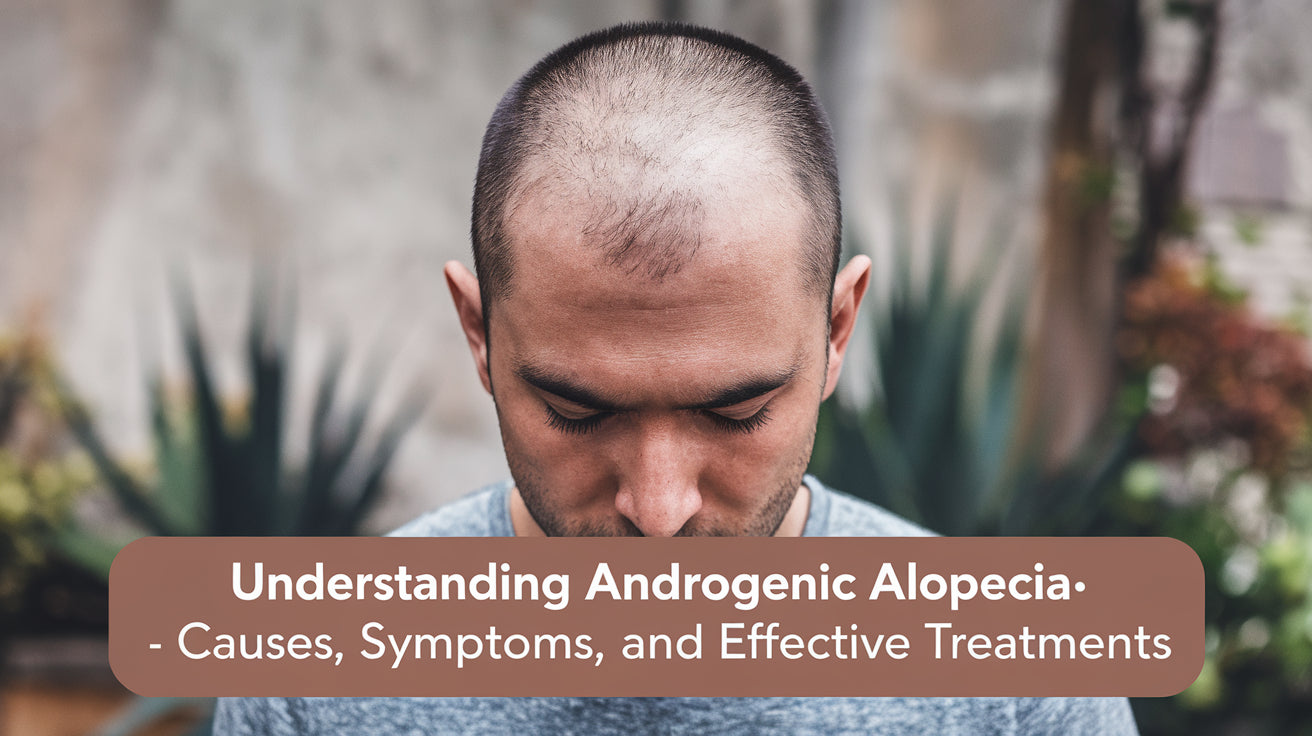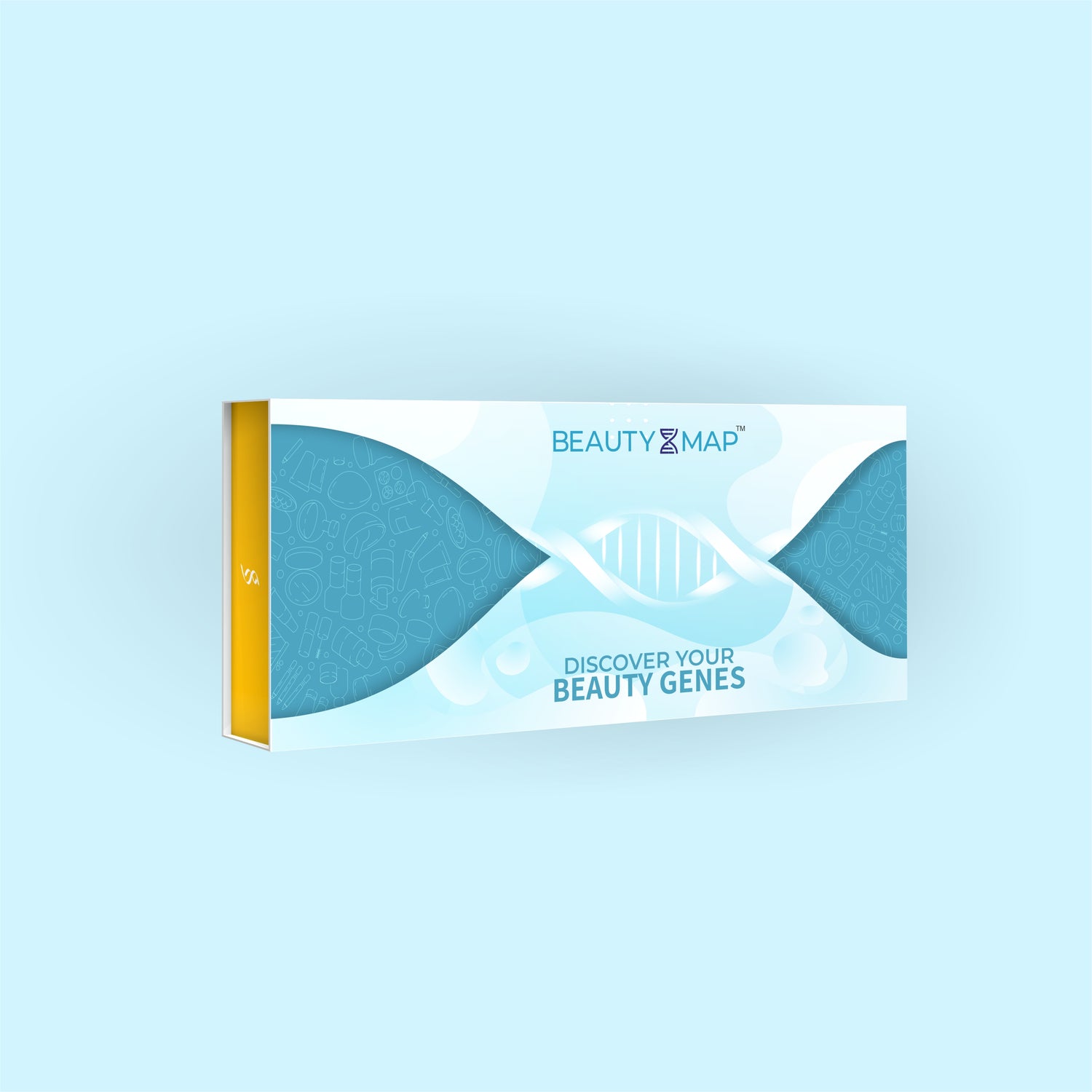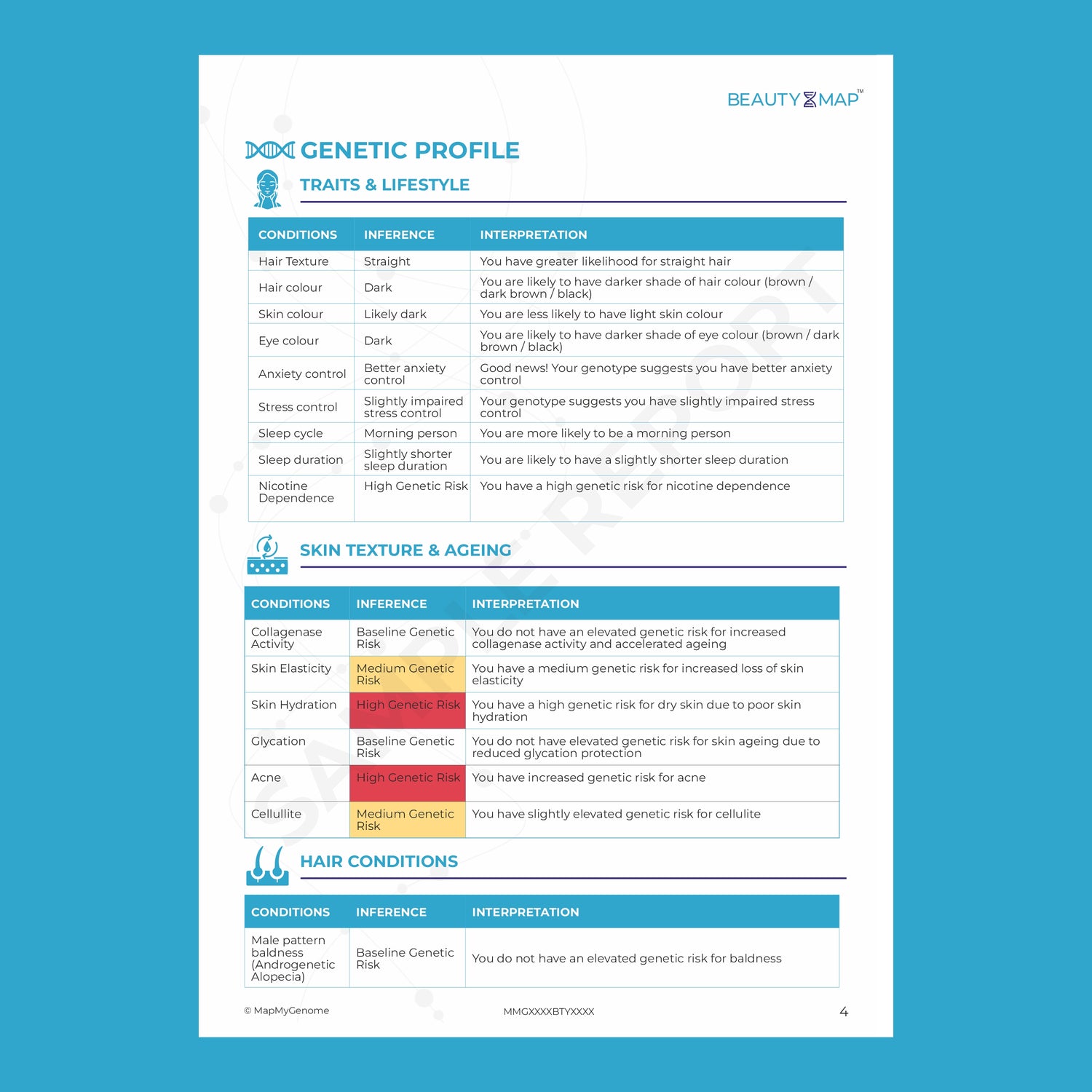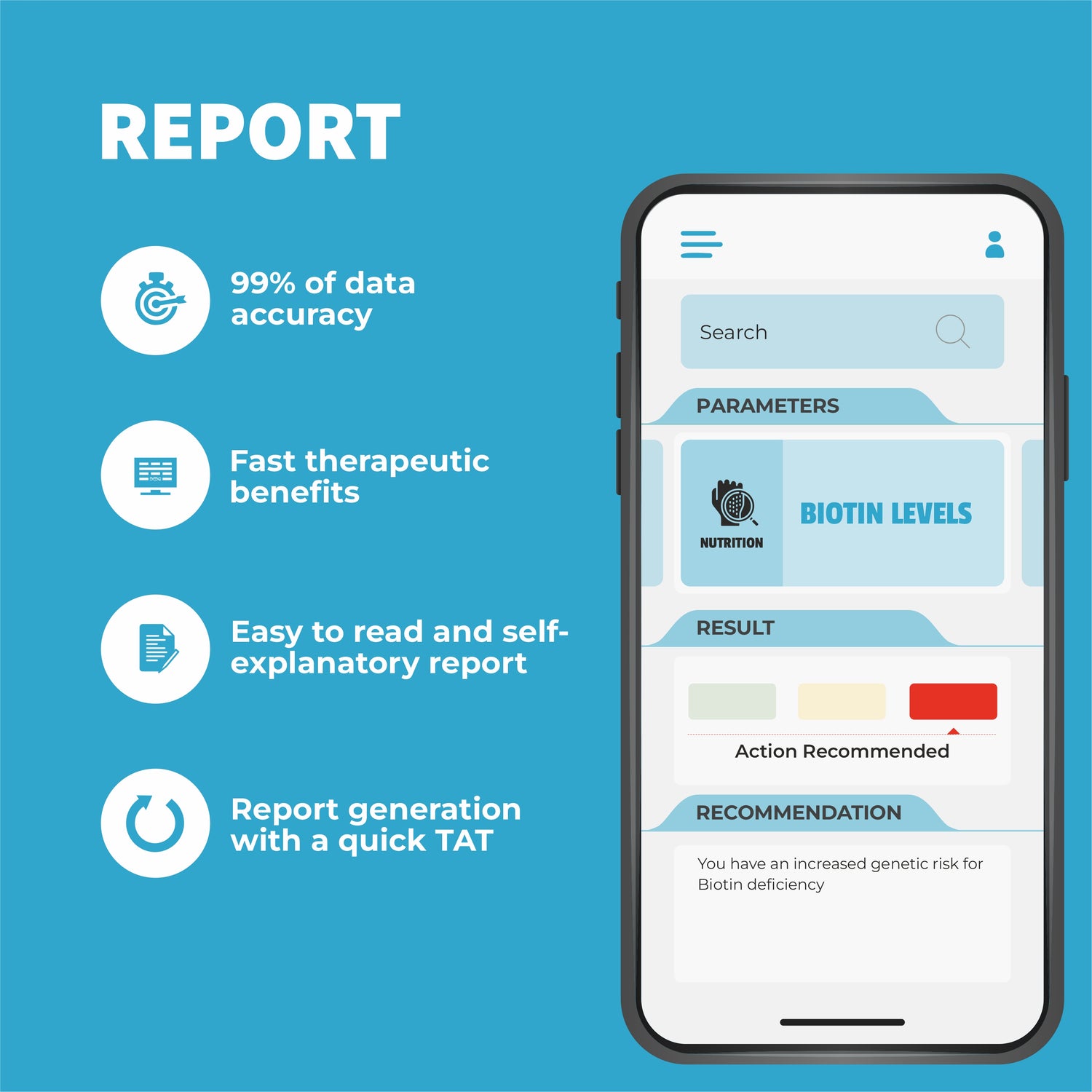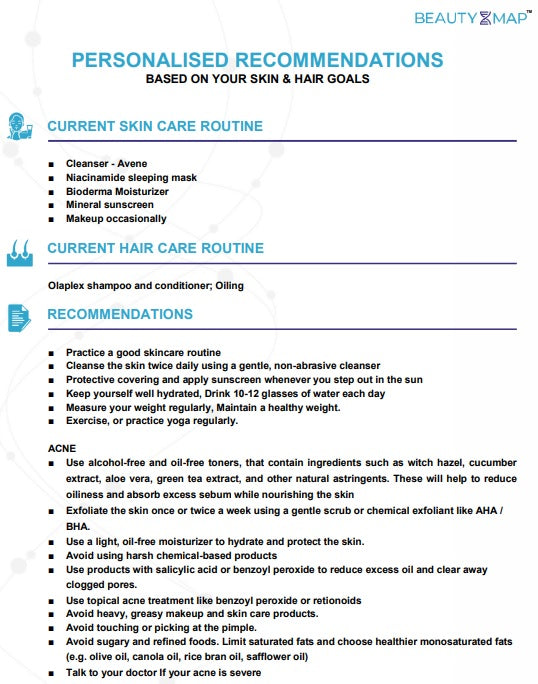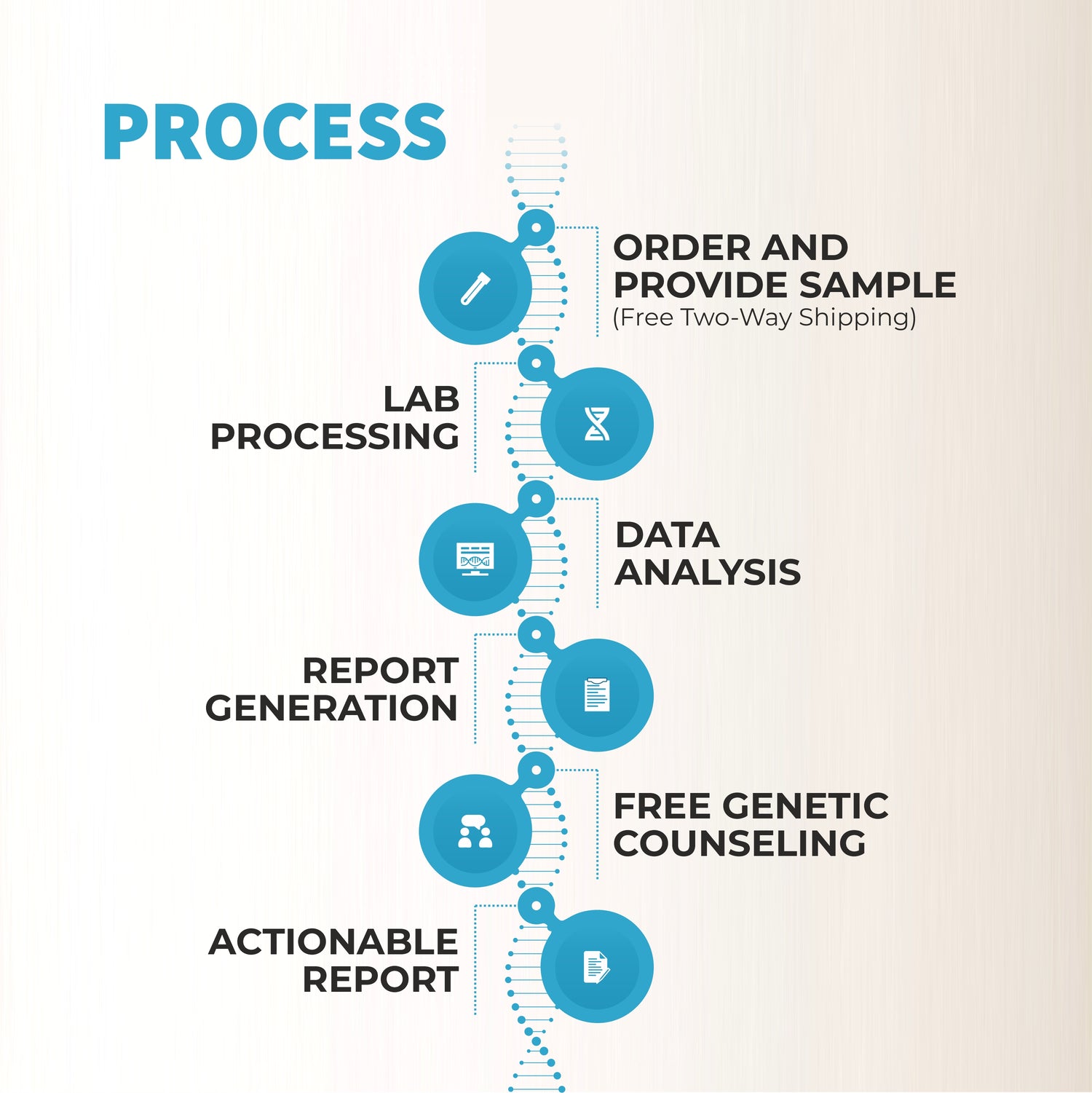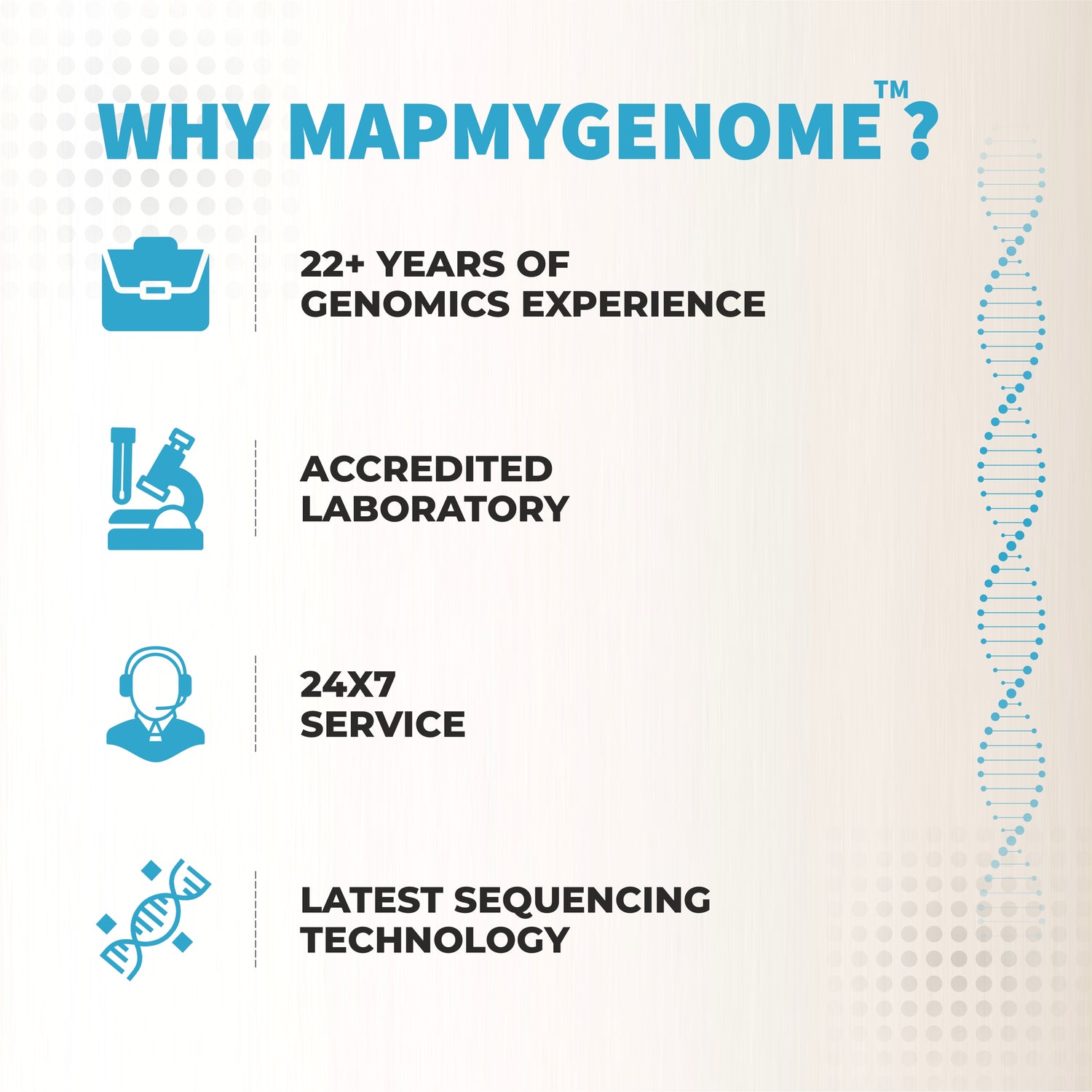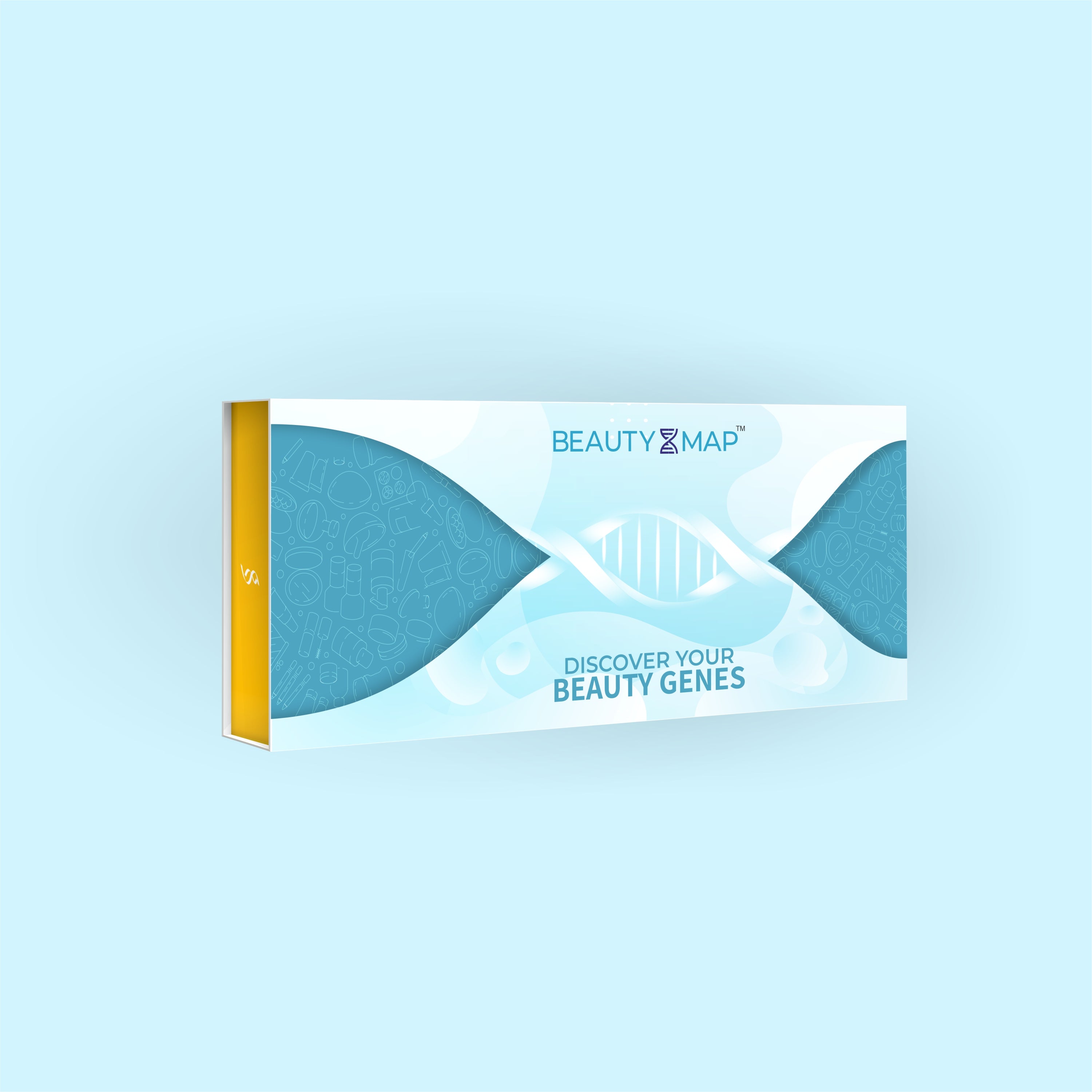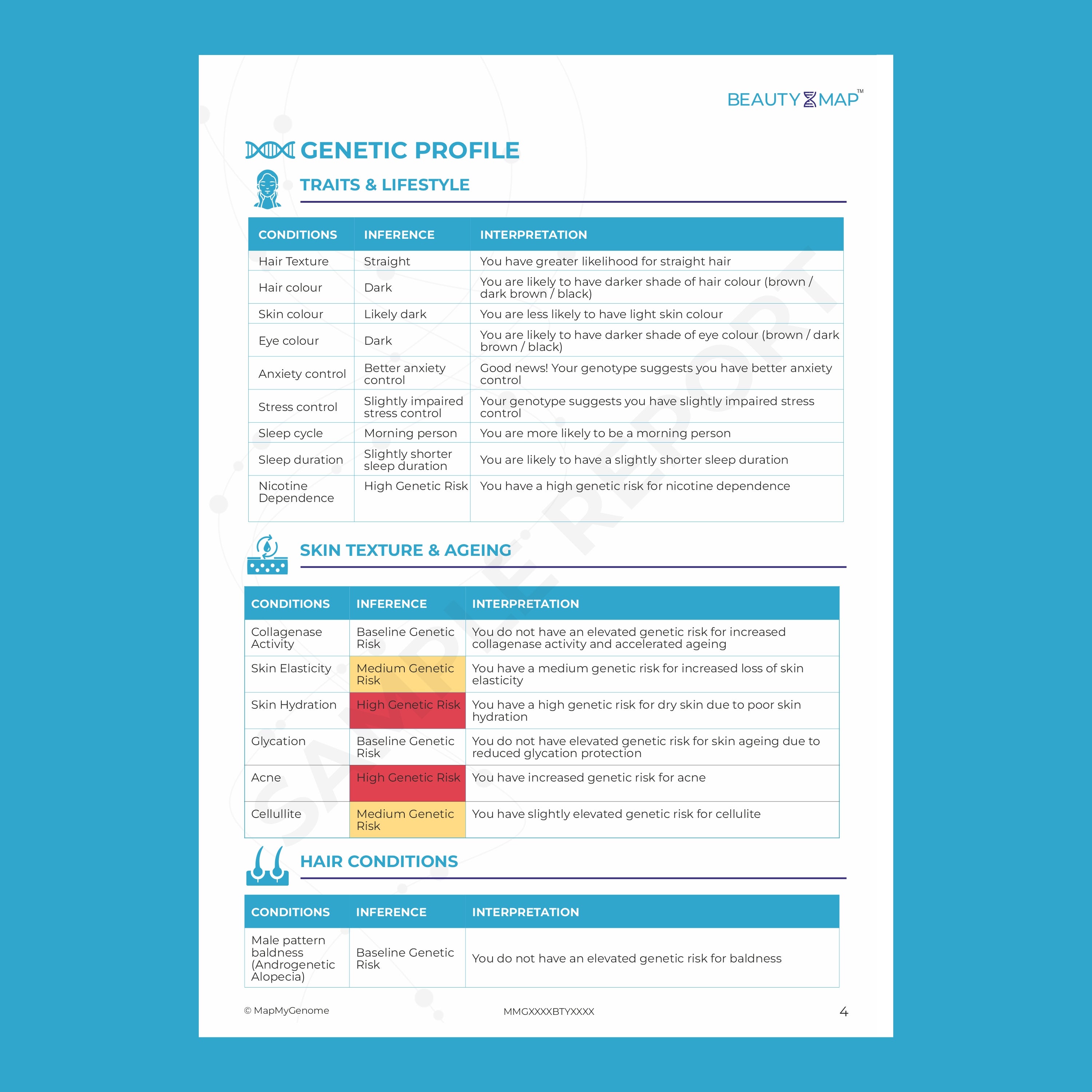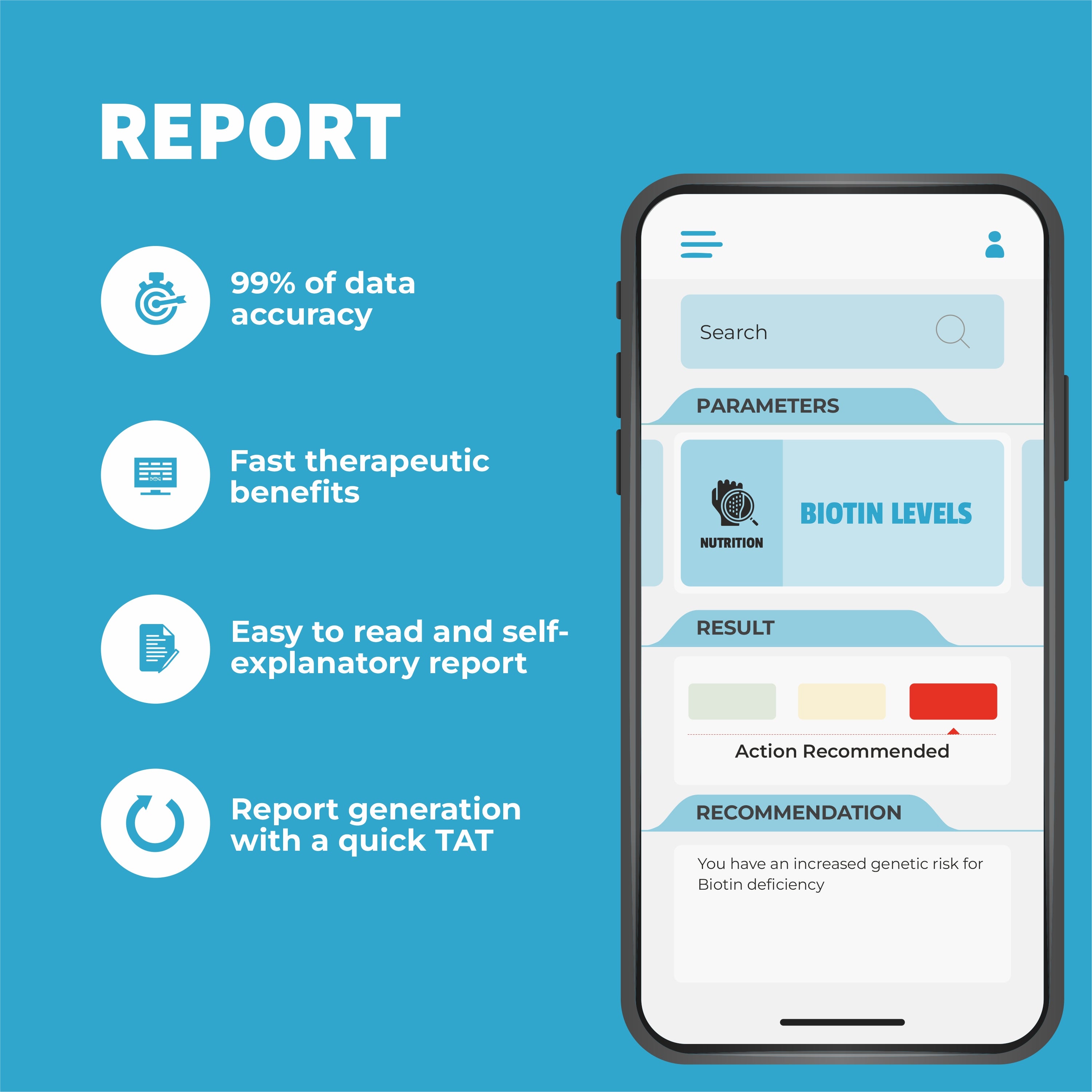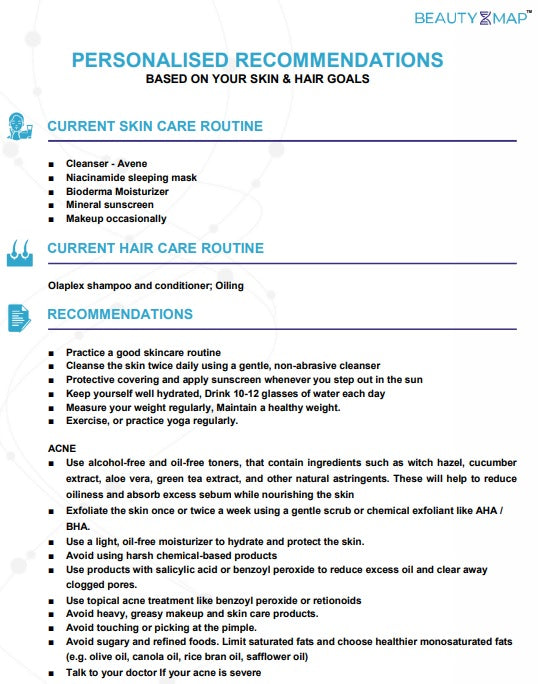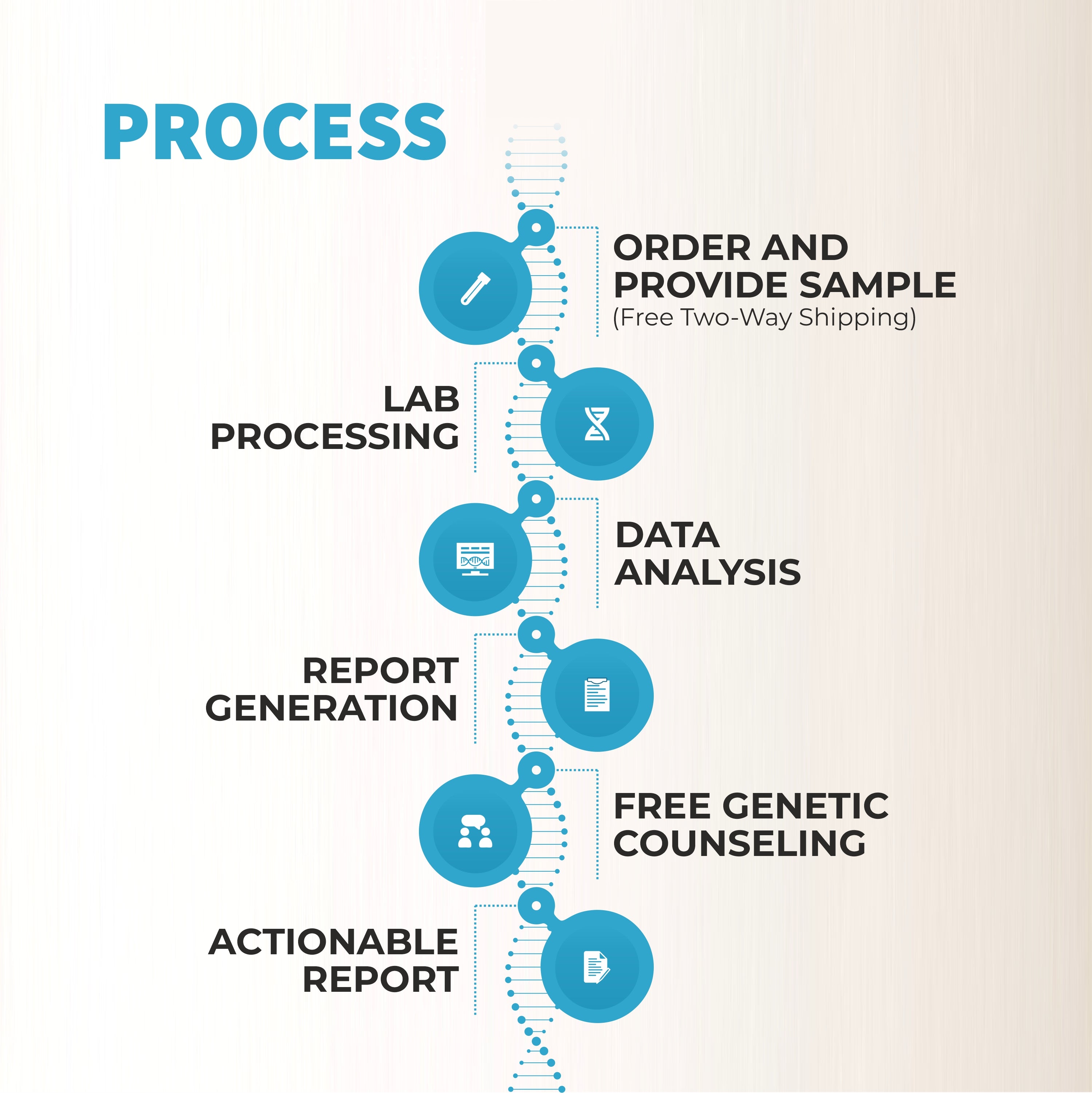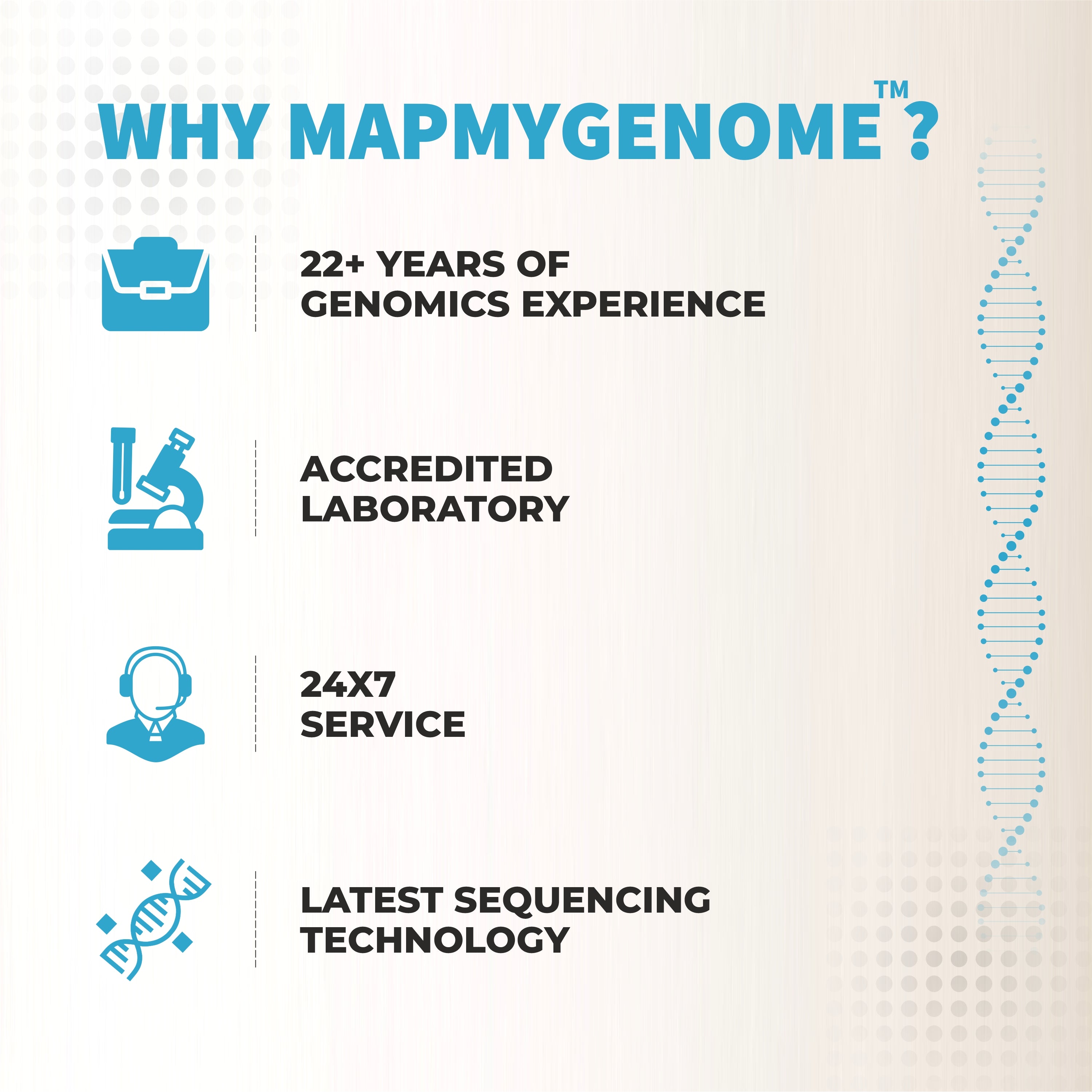Hair loss is a common concern for many people, and one of the most prevalent forms of hair loss is androgenic alopecia. Commonly known as male-pattern baldness or female-pattern baldness, androgenic alopecia affects both men and women, causing gradual hair thinning and, in some cases, significant hair loss. This blog will delve into the causes, symptoms, and treatment options for androgenic alopecia, helping you understand how to manage this condition effectively.
What is Androgenic Alopecia?
Androgenic alopecia is a genetic condition that affects the hair follicles, leading to hair thinning and loss over time. It is caused by a combination of genetic factors and the hormone dihydrotestosterone (DHT), which is derived from testosterone. This condition typically follows a distinct pattern, with men experiencing receding hairlines and bald spots, while women often notice diffuse thinning on the crown of the head.
Causes of Androgenic Alopecia
The primary cause of androgenic alopecia is the presence of certain genes inherited from one or both parents. These genes influence the sensitivity of hair follicles to DHT, a hormone that binds to receptors in the hair follicles, causing them to shrink over time. This shrinking process, known as miniaturization, leads to shorter, finer hair strands, eventually resulting in hair loss.
-
Genetic Factors: A family history of hair loss is a strong indicator of your likelihood of developing androgenic alopecia. If your parents or grandparents experienced hair loss, there's a higher chance that you may as well.
-
Hormonal Changes: DHT is the primary hormone responsible for androgenic alopecia. Men typically produce more DHT than women, which is why male-pattern baldness is more common. However, hormonal changes in women, especially during menopause, can also contribute to hair loss.
-
Age: The risk of androgenic alopecia increases with age. Many people begin to notice the early signs of hair thinning in their 20s and 30s, with the condition becoming more pronounced in later years.
Symptoms of Androgenic Alopecia
The symptoms of androgenic alopecia can vary depending on the individual, but some common signs include:
-
Gradual Hair Thinning: Hair thinning usually starts at the temples or the crown of the head in men, while women may notice thinning around the part line or on the top of the scalp.
-
Receding Hairline: A receding hairline is a hallmark of male-pattern baldness. The hairline gradually moves backward, forming an "M" shape.
-
Bald Spots: As hair loss progresses, bald spots may develop, particularly on the crown of the head. These spots may expand over time, leading to more significant hair loss.
-
Diffuse Thinning: Women with androgenic alopecia often experience diffuse thinning, where the hair becomes thinner overall, rather than forming distinct bald spots.
-
Slow Hair Growth: Hair affected by androgenic alopecia grows more slowly and may be finer and shorter than normal hair.
Diagnosing Androgenic Alopecia
If you suspect you have androgenic alopecia, it's essential to consult with a healthcare professional for an accurate diagnosis. Your doctor may perform a physical examination of your scalp, review your medical history, and conduct tests such as a scalp biopsy or blood tests to rule out other potential causes of hair loss.
Treatment Options for Androgenic Alopecia
While androgenic alopecia is a permanent condition, several treatment options can help slow its progression and, in some cases, promote hair regrowth. The effectiveness of these treatments varies from person to person, so it's important to discuss your options with a healthcare provider.
-
Medications:
- Minoxidil (Rogaine): This over-the-counter topical treatment is applied directly to the scalp and is FDA-approved for both men and women. Minoxidil can help stimulate hair growth and slow hair loss. It works best when used consistently over several months.
- Finasteride (Propecia): This prescription oral medication is primarily used to treat male-pattern baldness. Finasteride works by reducing the levels of DHT in the body, which can help prevent further hair loss. It is generally not recommended for women, particularly those who are pregnant or may become pregnant.
-
Hair Transplant Surgery: For those with significant hair loss, hair transplant surgery may be an option. This procedure involves removing hair follicles from one part of the scalp (usually the back) and transplanting them to areas affected by hair loss. The results are typically long-lasting, but the procedure can be expensive and may require multiple sessions.
-
Laser Therapy: Low-level laser therapy (LLLT) is a non-invasive treatment that uses red light to stimulate hair growth. While research on its effectiveness is still ongoing, some studies suggest that LLLT may help improve hair density and thickness in people with androgenic alopecia.
-
Lifestyle Changes: Making certain lifestyle changes can also help manage androgenic alopecia. Maintaining a healthy diet rich in vitamins and minerals, such as biotin, zinc, and iron, can support overall hair health. Reducing stress through activities like yoga and meditation may also help slow hair loss.
-
Platelet-Rich Plasma (PRP) Therapy: PRP therapy involves drawing a small amount of your blood, processing it to concentrate the platelets, and injecting it into the scalp. The growth factors in PRP can stimulate hair follicles and promote hair growth. This treatment has shown promising results for some individuals with androgenic alopecia.
-
Microbiome Analysis: Incorporating microbiome analysis, such as MapMyGenome's "Microbiome" test, can provide insights into the gut health factors that may influence hair loss. Understanding the connection between gut health and hair loss can help tailor treatment strategies to improve overall hair and scalp health.
-
Genetic Testing: Understanding your genetic predisposition to androgenic alopecia through genetic testing, such as MapMyGenome's Beautymap, can provide valuable insights. This personalized genetic test offers information on your likelihood of developing androgenic alopecia and other health conditions, allowing you to take proactive steps in managing your hair health.
Conclusion
Androgenic alopecia is a common condition that affects millions of people worldwide. While it can be distressing to experience hair loss, understanding the causes and available treatments can empower you to take control of your hair health. Whether you opt for medication, lifestyle changes, or advanced therapies like PRP or genetic testing, there are ways to manage androgenic alopecia and potentially slow its progression. If you're concerned about hair loss, consult with a healthcare provider to explore the best treatment options for your individual needs.


